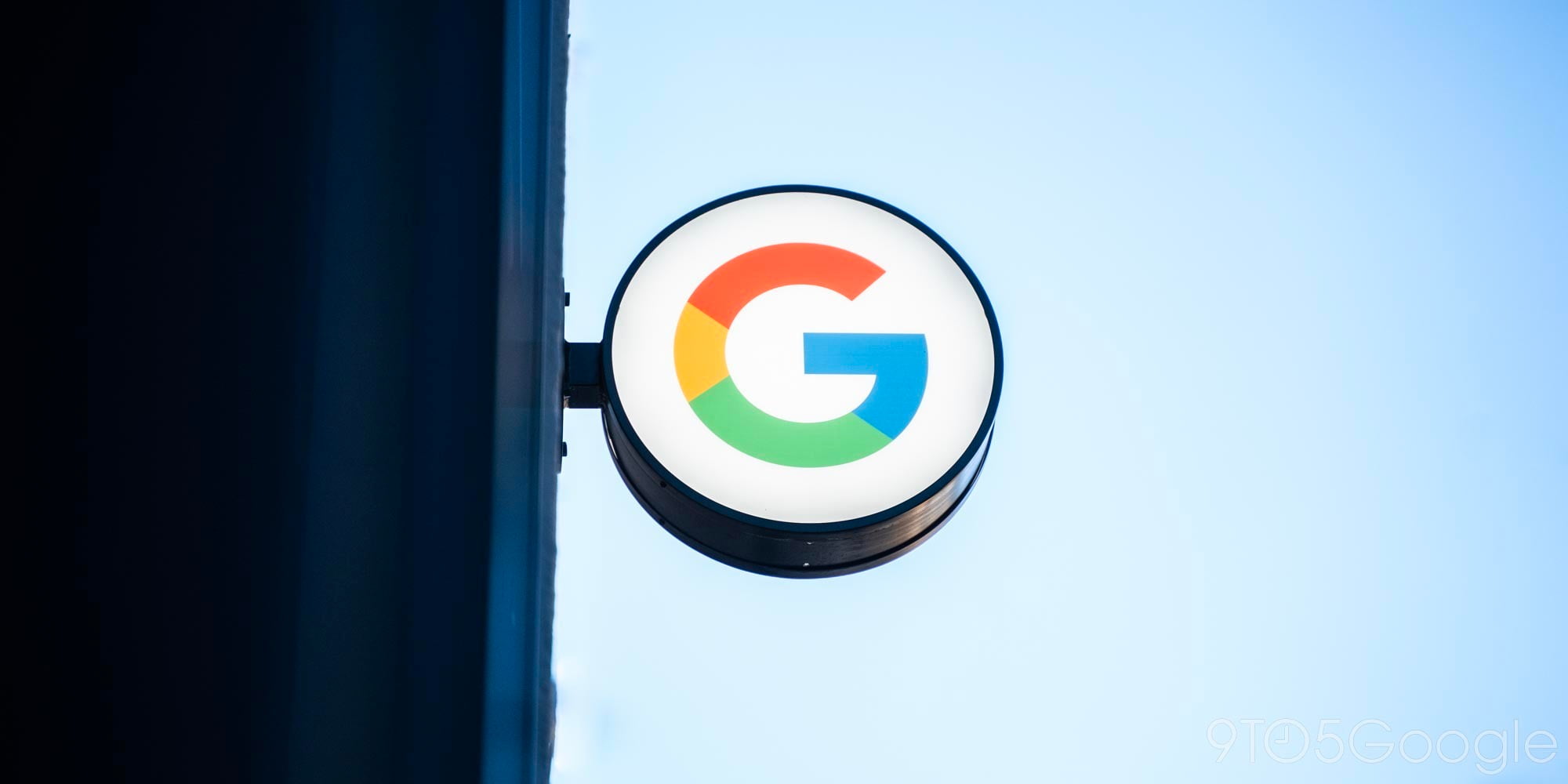

Google has announced the next major iteration of its Android operating system, simply being called “L” at the time of this post (and still no word yet on what the L will stand for). Headlining the release is a new “Material” design scheme that Google is calling “beautiful and bold.”
Material Design
Google is really focusing on the operating system’s design in this release, separating it from the strictly flat design of Apple’s iOS. The new design will allow developers to specify the “elevation values” of elements within apps, which automatically creates shadow and perspective for the user. The company is also updating its famed typeface Roboto, allowing developers to use one optimized font across a number of different platforms.
As part of the L preview, we’ll now allow developers to specify an elevation value, for any UI surface and the framework will render it with correct perspective with virtual light sources and real time shadows.

Google is calling this release the biggest in Android history, with over 5,000 completely new APIs.
As part of Material, there are a bunch of new animations for developers to use that include sleek visual feedback that freshens the experience when users are navigating Android apps.
Notification Enhancements

Google is also enhancing the notification experience in Android “L,” bringing full access to notifications right on the lock screen. Swiping down gives you the full list of notifications, essentially combining the lock screen and the notification pane. There’s also a completely new kind of notification called a “heads-up” that is really easy to dismiss or engage with.
Lock Screen Enhancements

Google has also announced something it’s calling “personal unlocking,” which enables your device to determine whether or not it is in the owner’s hand. It can take advantage of locations, Bluetooth devices that are in range, and even voice. In the Keynote, the example of a Bluetooth watch (presumably Android Wear) was used and when the watch was removed, the device prompted for a passcode.
Performance Improvements
Google also announced a plethora of performance improvements with the “L” release. The “L” release will run exclusively on the new “Art” runtime that was first previewed with the release of Android 4.4 KitKat, which is truly cross-platform covering ARM, x86, and MIPS processor types. The runtime is fully 64-bit compatible, which brings “larger number registers,” “newer instruction sets,” and “increased addressable memory space.” The new runtime packs a plethora of performance improvements, and will require no tweaking on the developer side for them to take advantage of these changes.

Better Graphics with Android Extension Pack
Android “L” is also shipping with better graphics capabilities through something the company is calling “Android Extension Pack.” The set of features includes tesselation, geometry shaders, computer shaders, and ASTC texture compression. The feature was demoed at the event with a video of EPIC’s Unreal Engine 4 desktop rendering pipeline running on Android “L”.
“Quite literally this is desktop gaming graphics in your pocket.”

Battery Improvements
Rounding off the performance improvements in Android “L” is improved battery life. Project “Volta” was announced, which — amongst other features — improves the “instrumentation” of battery data through a tool called “Battery Historian.” Also announced is the JobSchedular API, which helps developers optimize power consumption in apps. And finally, Google added a “Battery Saver” mode in “L” which can be triggered manually or configured to be enabled automatically when the battery is low.

The “L” developer preview SDK will be made available tomorrow morning, according to Google. And today’s announcements have only “scratched the surface” of what “L” is bringing.
FTC: We use income earning auto affiliate links. More.




Comments